Frequency range: 26.5- 28MHz SWR: ≤1.2:1 Max. power: 35W continuous 250W Short time Bandwidth at S.W.R. 2:1: 1900KHz Impedance: 50ohm Whip length: 1200mm Adjustment: 0~90° Cable Length: RG58/157" Po...
See DetailsWhat is the impact of CB Antenna's grounding method on signal transmission?
In the use of CB Antenna, the grounding method is a crucial factor, which has a significant impact on signal transmission.
First of all, good grounding can improve the stability of the signal. CB Antenna achieves communication by receiving and transmitting radio signals. In this process, grounding plays the role of a reference potential. When the antenna is well grounded, the signal transmission path is more stable, reducing signal fluctuations and interference. This is especially important for occasions that require stable communication, such as emergency rescue, commercial communications, etc.
Secondly, the grounding method affects the signal strength. Different grounding methods will cause the impedance of the antenna to change, thereby affecting the efficiency of signal transmission and reception. Generally speaking, the smaller the grounding resistance, the greater the signal strength. Therefore, choosing a suitable grounding method can improve the signal strength of the antenna and expand the communication range. For example, using a large area of metal grounding plane can reduce the grounding resistance and increase the signal strength.
Furthermore, the grounding method will also affect the quality of the signal. If the grounding is poor, it may cause problems such as signal distortion and increased noise. This is because poor grounding will cause the impedance of the antenna to be mismatched, causing signal reflection and interference. In order to ensure the quality of the signal, it is necessary to select a suitable grounding method and ensure that the grounding connection is firm and reliable.
In addition, different application scenarios may require different grounding methods. For example, in mobile communications, since the metal shell of the vehicle can be used as a grounding plane, a simple grounding method can be used. In fixed antennas, special grounding systems such as grounding rods and grounding grids may be required to ensure good grounding effects.
When choosing the grounding method of the CB Antenna, safety factors must also be considered. Good grounding can prevent dangers such as static electricity accumulation and lightning strikes, and protect the safety of equipment and personnel. Therefore, when installing the antenna, the grounding operation should be carried out in strict accordance with relevant safety standards and specifications.
The grounding method of the CB Antenna has an important impact on signal transmission. Choosing a suitable grounding method can improve the stability, strength and quality of the signal, expand the communication range, and ensure the safety of equipment and personnel. When using the CB Antenna, a suitable grounding method should be selected according to the actual situation, and the grounding connection should be firm and reliable to obtain the best communication effect.

 English
English Español
Español
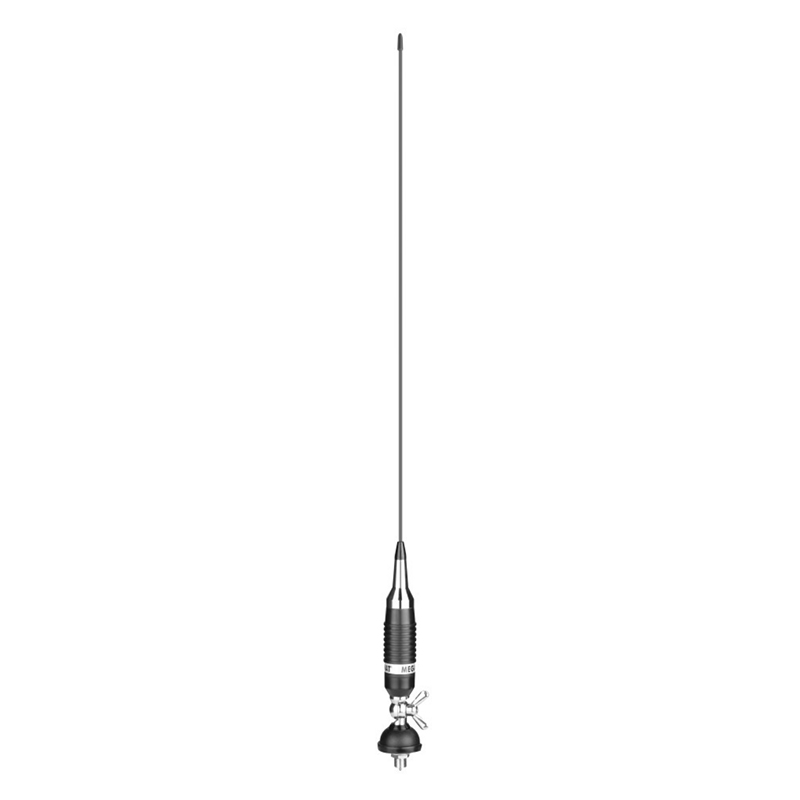
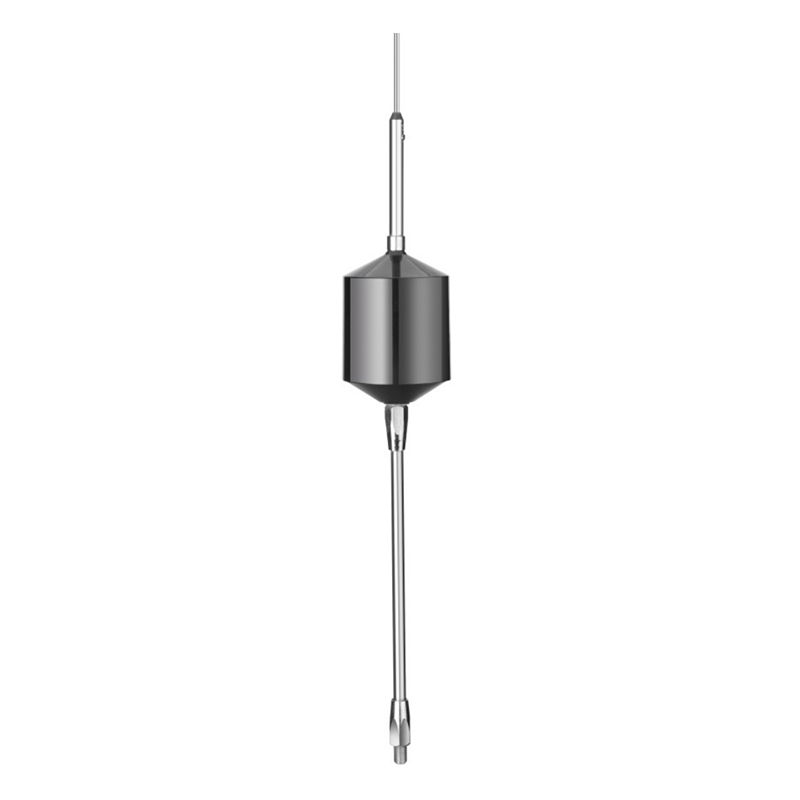

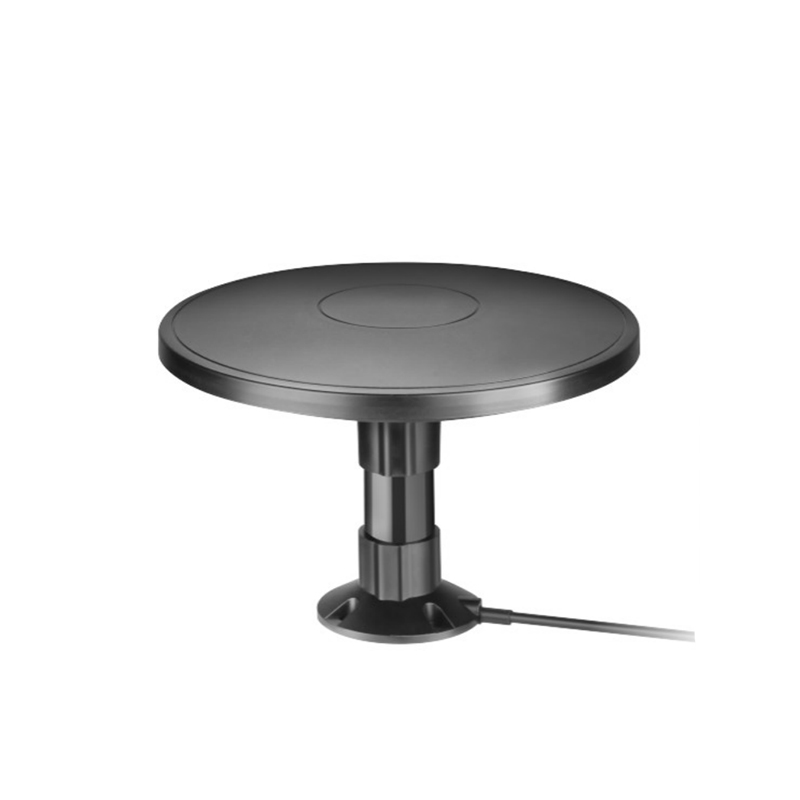
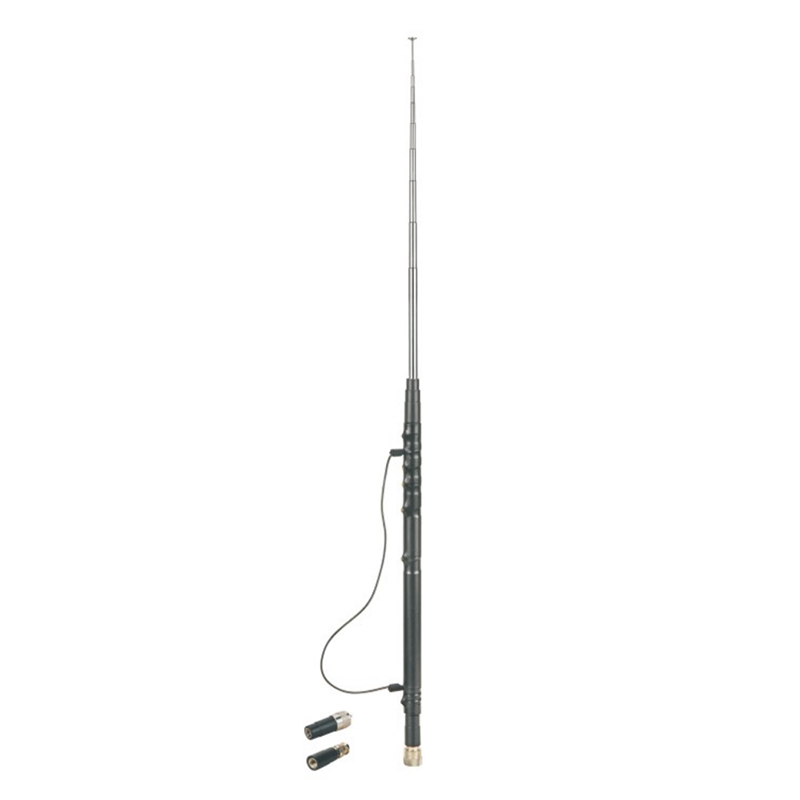

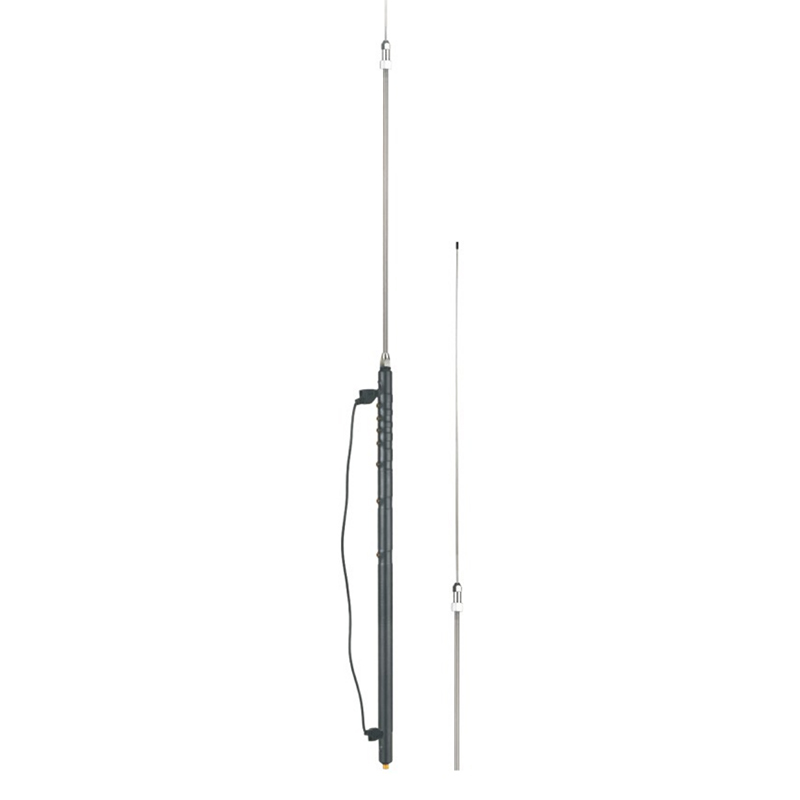
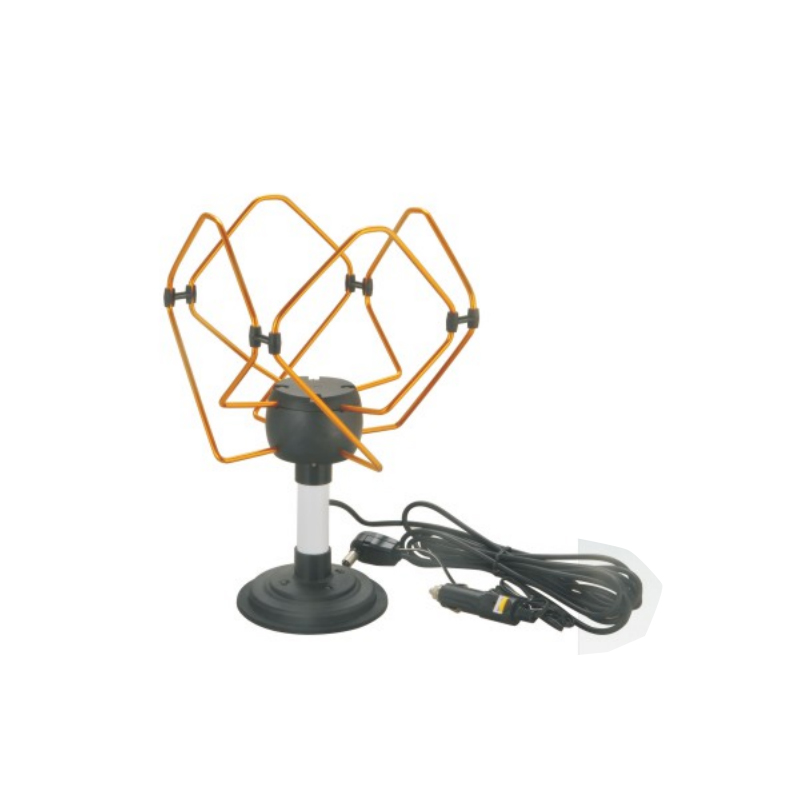
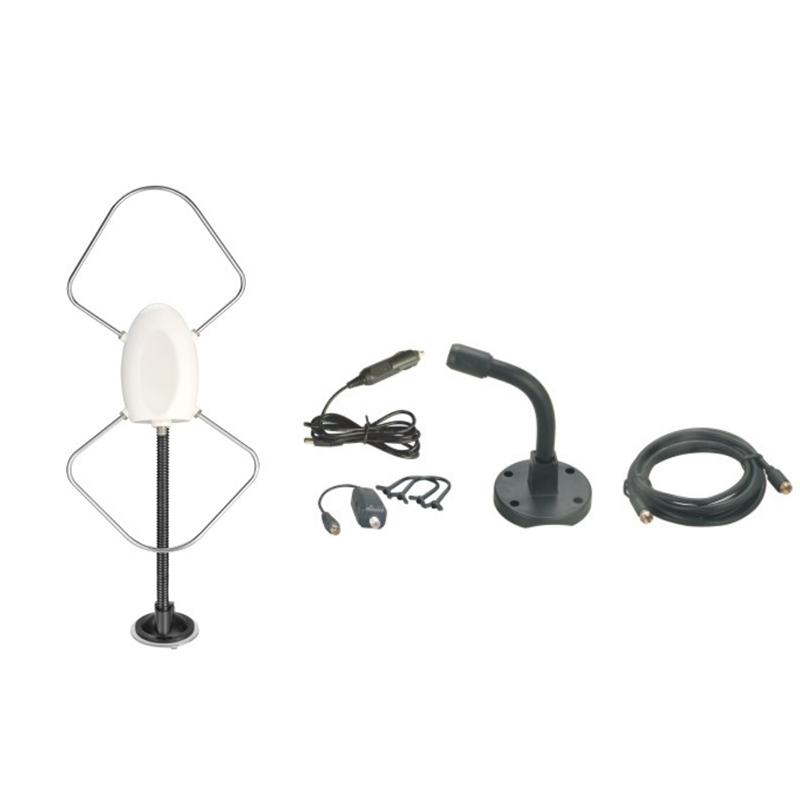
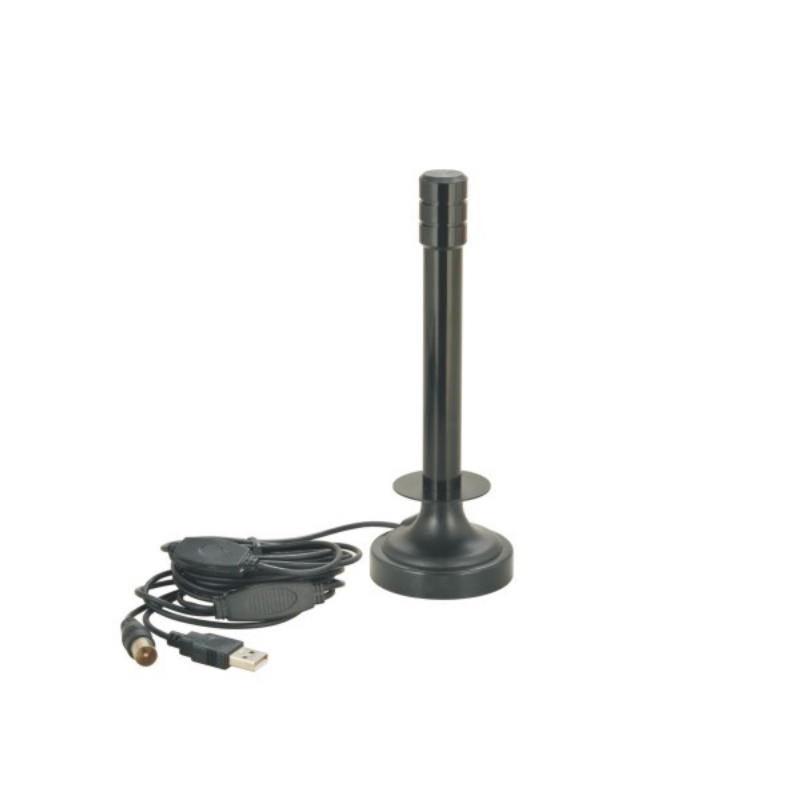
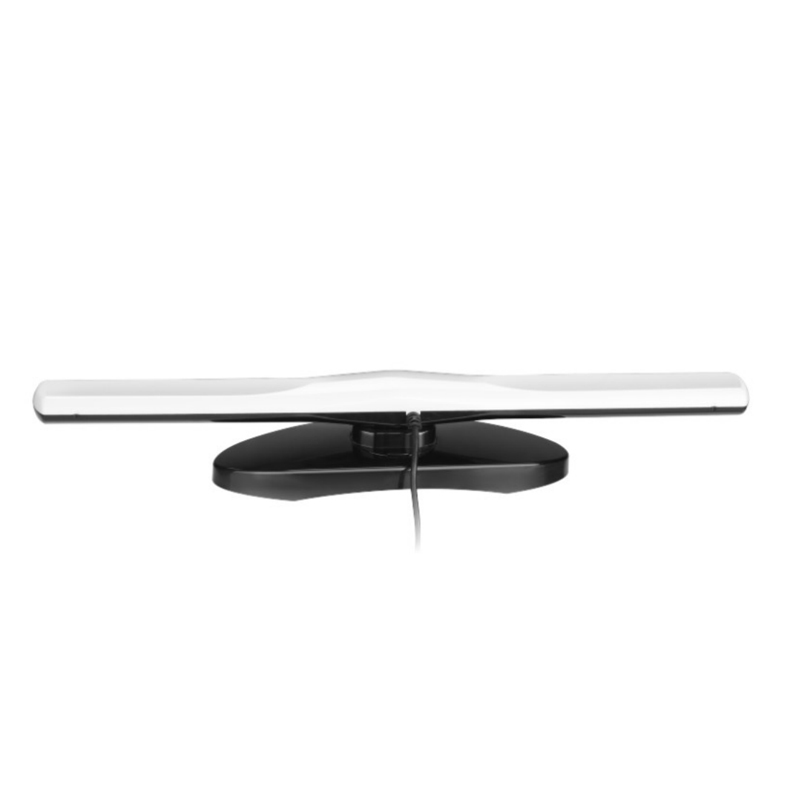
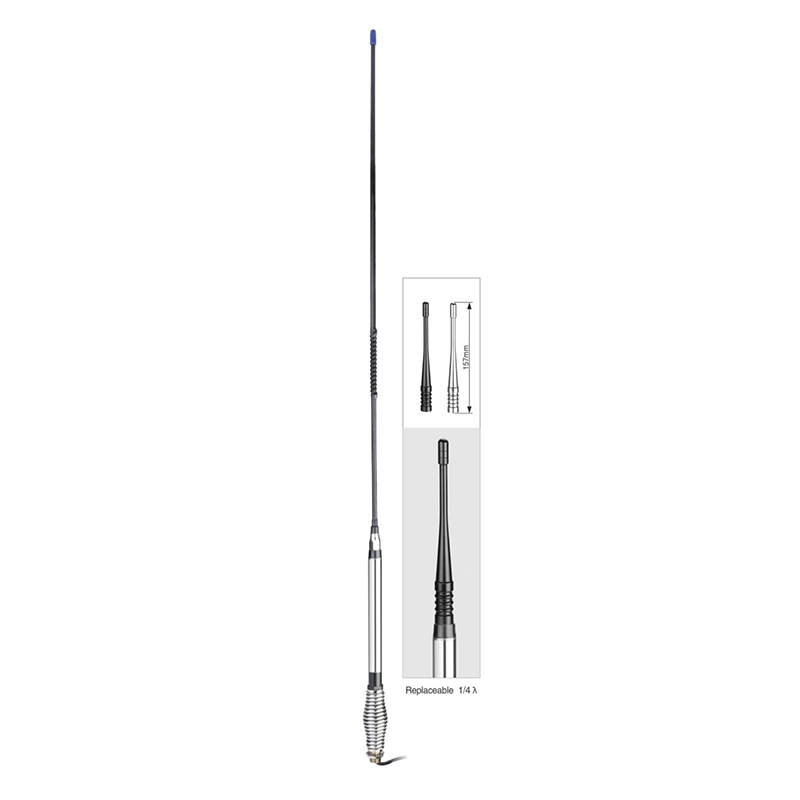

Contact Us